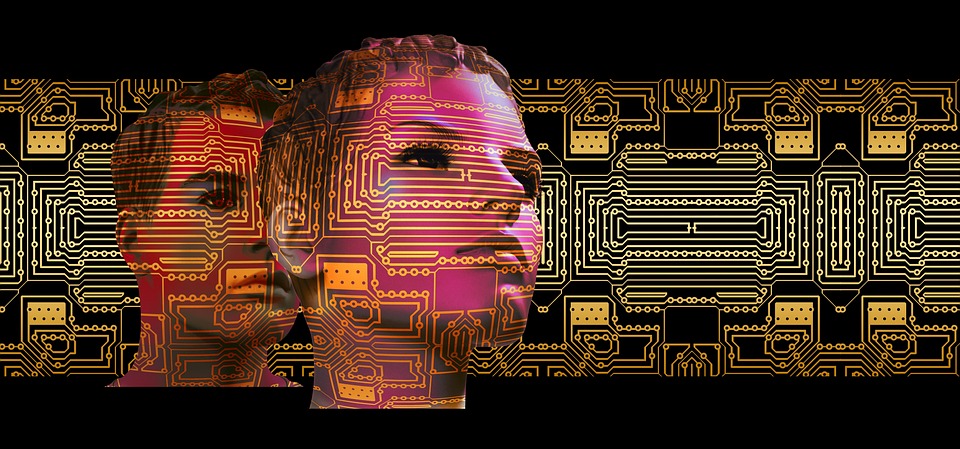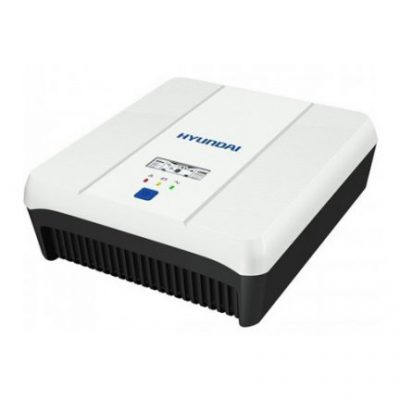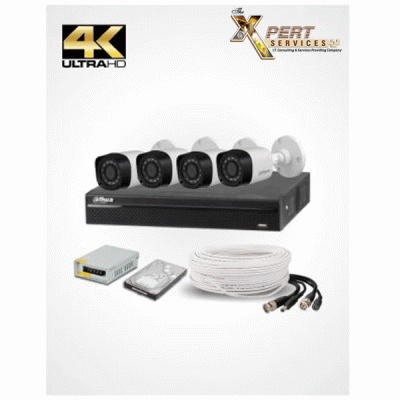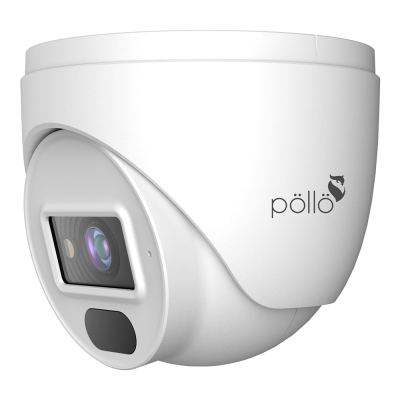
by Azhar Farooq | Oct 24, 2024 | Artificial Intelligence (AI)
ChatGPT has already taken the internet by storm with more than a billion global visitors. After the launch of GPT-4 and now ChatGPT having the ability to access the internet, its abilities have become endless. From small business owners and human resources to...

by Azhar Farooq | Oct 23, 2024 | Artificial Intelligence (AI)
Ever wanted to unleash your inner Tony Stark?Well, not exactly to create J.A.R.V.I.S., but a custom AI chatbot that knows the ins and outs of your business like the back of its digital hand.We’re talking about a super smart ChatGPT chatbot that impeccably understands...

by Azhar Farooq | Oct 23, 2024 | Artificial Intelligence (AI)
If you are looking for a Chatbase alternative, you know you can train ChatGPT on your own data and build a custom AI chatbot for your website.Gone are those days when talking to a chatbot felt like hitting a brick.With custom ChatGPT capabilities built into your AI...
![How to Create Custom GPTs? [Even without ChatGPT Plus] | The Xperts Pakistan](data:image/svg+xml;base64,PHN2ZyB4bWxucz0iaHR0cDovL3d3dy53My5vcmcvMjAwMC9zdmciIHdpZHRoPSIxMDgwIiBoZWlnaHQ9IjY3NSIgdmlld0JveD0iMCAwIDEwODAgNjc1Ij48cmVjdCB3aWR0aD0iMTAwJSIgaGVpZ2h0PSIxMDAlIiBmaWxsPSIjY2ZkNGRiIi8+PC9zdmc+)
by Azhar Farooq | Oct 22, 2024 | Artificial Intelligence (AI)
In 2023, OpenAI has spearheaded the development of Generative AI, with ChatGPT being one of its leading use cases. This development has also given rise to large language models such as GPT-3 and GPT-4. ChatGPT has seen vast use cases from answering simple questions...

by Azhar Farooq | Oct 22, 2024 | Artificial Intelligence (AI)
Finding reliable and hard-working employees is tough these days. But, the process can be simplified by writing an effective job description.A job description is a detailed description of a potential employee’s responsibilities. Today, one can easily generate a...

by Azhar Farooq | Oct 21, 2024 | Artificial Intelligence (AI)
The rise of ChatGPT is nothing short of revolutionary, clocking over 100 million global users within the first 3 months of its release. Especially for the content marketing industry, the invasion of Generative Pre-trained Transformer can be marked as the start of a...



![How to Create Custom GPTs? [Even without ChatGPT Plus] | The Xperts Pakistan](https://thexperts.pk/wp-content/uploads/2024/10/How-to-Create-Custom-GPTs-Even-without-ChatGPT-Plus.jpg)












